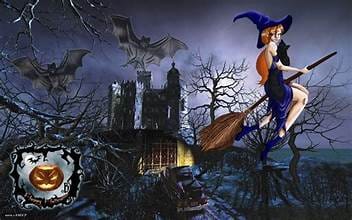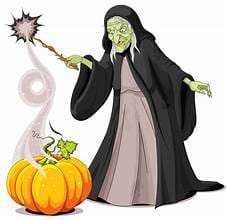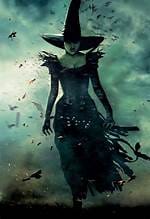How witches became associated with Halloween?

Because the term “Witch” was used so carelessly throughout history, many have died from either being accused of one or because there is a belief that a natural occurrence (such as disease) is caused by them. In 1486, two German Dominicans wrote a book called “Malleus Maleficarum,” which translates to “The Hammer of Witches,” and was basically a guide on how to identify, hunt, and question Witches. The writing and publication of this book led to Witch hunts becoming amplified. Most of the women being accused were single, widowed, or perceived as outcasts to society.

Between the years 1500 and 1600, up to 80,000 people suspected as Witches were put to death in Europe alone. While most people probably think of Witchcraft as a whole practice, the reality is that there are different distinctions within. These are called white magic and black magic (dark magic), the latter terms being used more than the former. White magic typically refers to supernatural forces or spells used for a selfless purpose. Even in modern times, those who practice any kind of Witchcraft still struggle with the historical stereotype that has been placed upon them. The most practiced one, Wicca, has a motto of “harm none,” in which they look for a peaceful, tolerant, and balanced life that is in tune with nature and humanity. Today in places all over the world, people accused of Witchcraft are still being killed, whether it is fact-based or not.

Have a Happy Halloween!

